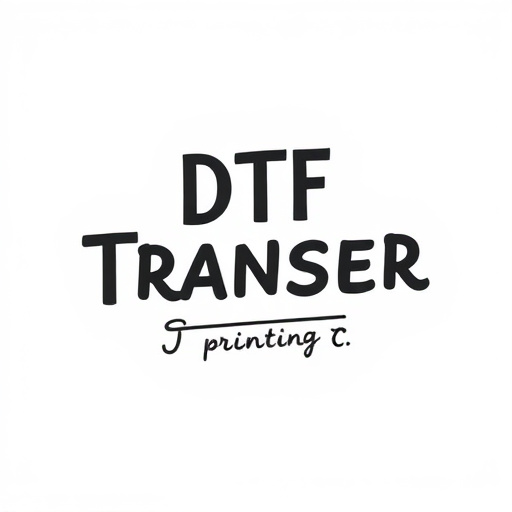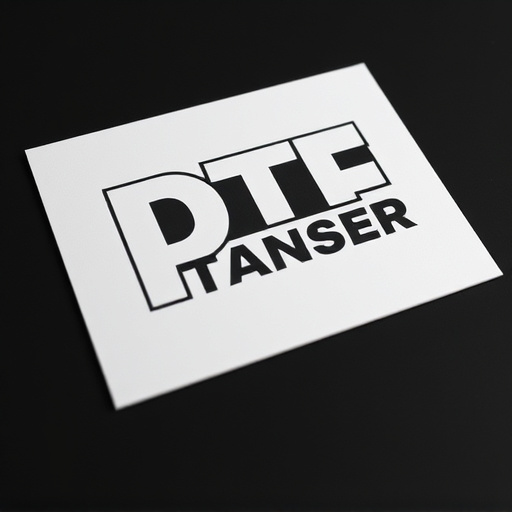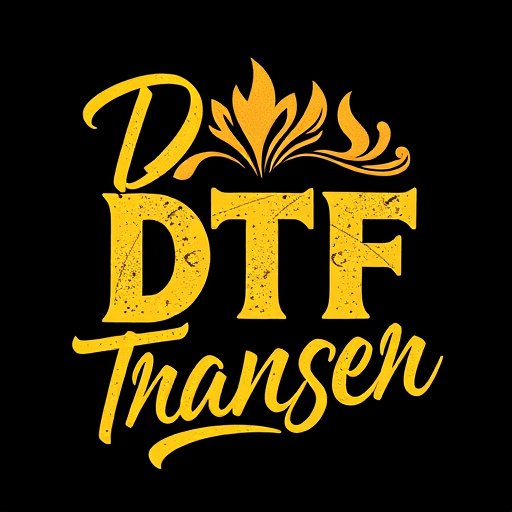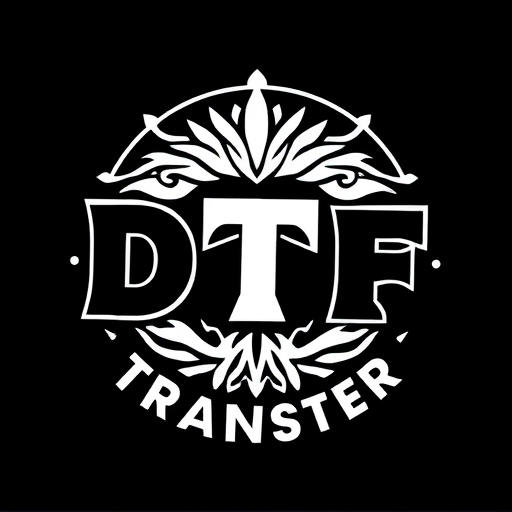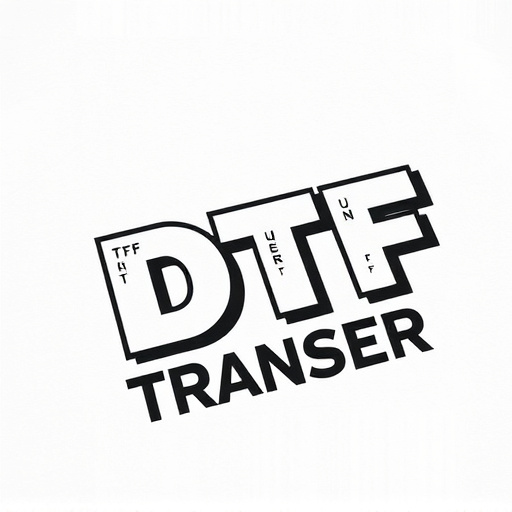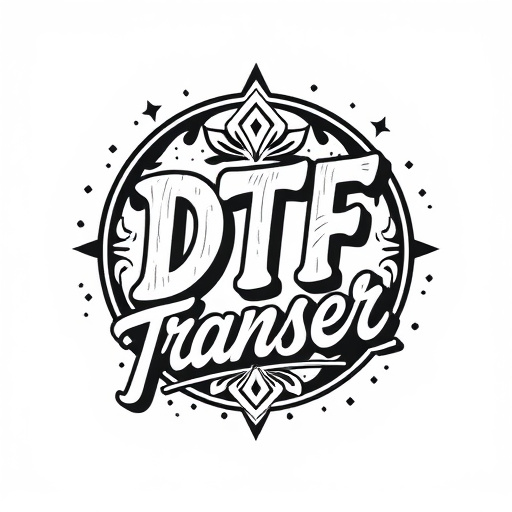Direct-to-film (DTF) transfers have transformed product branding by enabling high-quality, vibrant prints on diverse materials. The process involves digitally preparing brand images, transferring them to film, and precisely aligning the film onto target surfaces. DTF printing is renowned for its ability to produce sharp, intricate designs with durable colors that resist fading. This technology offers versatility in material choices while ensuring consistent brand identity across various touchpoints. From marketing campaigns to vehicle wraps, DTF transfers enhance visual appeal and product identification in multiple sectors. The future of DTF transfer technology promises growth, featuring advanced printers, higher resolutions, smart materials, and 3D printing integration for dynamic, interactive branding experiences.
In today’s competitive business landscape, impactful branding is key. Direct-to-film (DTF) transfers offer a revolutionary printing method transforming the way businesses create and apply their brand identities. This article delves into the world of DTF, exploring its benefits for business branding, from enhanced visual appeal to efficient production. We break down the process, applications across industries, design considerations, and future trends in this cutting-edge technology, providing insights for brands seeking innovative ways to stand out.
- Understanding Direct-to-Film (DTF) Transfers: A Brief Overview
- Benefits of Using DTF Transfer for Business Branding
- The Process of Creating DTF Prints: Step by Step
- Applications of DTF Printing in Various Industries
- Design Considerations for Optimal DTF Results
- Future Trends and Innovations in DTF Transfer Technology
Understanding Direct-to-Film (DTF) Transfers: A Brief Overview
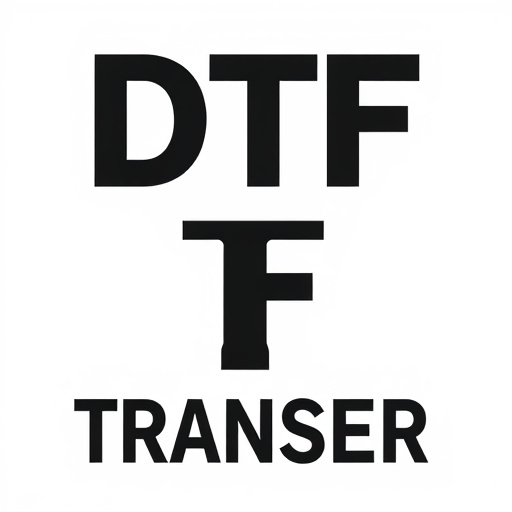
Direct-to-film (DTF) transfers have emerged as a cutting-edge technique in business branding, offering unique and visually striking ways to adorn products with logos and designs. This innovative process involves transferring ink directly onto various materials, such as plastic, metal, or fabric, using specialized equipment and technology. DTF printing is particularly favored for its ability to produce high-resolution prints that are both durable and vibrant, making it a game-changer in product branding and customization.
The DTF Transfer process begins with preparing the design digitally, ensuring it meets specific requirements for resolution and color accuracy. Once designed, the image is precisely transferred onto a film, which acts as an intermediate layer. This film is then carefully aligned and applied to the target material, allowing for precise placement of the branding. The final step involves curing the ink, often through heat or UV light, to ensure the print is long-lasting and resistant to fading or smudging. DTF prints are known for their sharpness and ability to showcase intricate details, making them ideal for creating indelible brand impressions on a variety of products.
Benefits of Using DTF Transfer for Business Branding
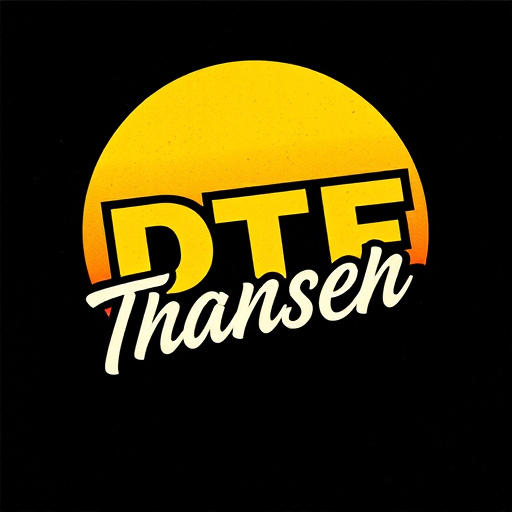
Using a DTF (Direct-to-Film) transfer for business branding offers several advantages that can significantly enhance your brand’s presence and appeal. One of the key benefits is its ability to produce high-quality, vibrant prints directly onto various materials, from clothing to promotional items. This process ensures consistency in branding across different touchpoints, creating a unified visual identity that resonates with your target audience.
Moreover, DTF transfer technology allows for intricate design details and precise color matching. It can reproduce complex brand logos, patterns, and textures flawlessly, adding depth and sophistication to your marketing collateral. Additionally, it provides flexibility in terms of material choices, enabling you to adapt branding elements to different products or environments seamlessly. DTF prints are also durable, ensuring that your brand messaging remains visible and impactful over time.
The Process of Creating DTF Prints: Step by Step
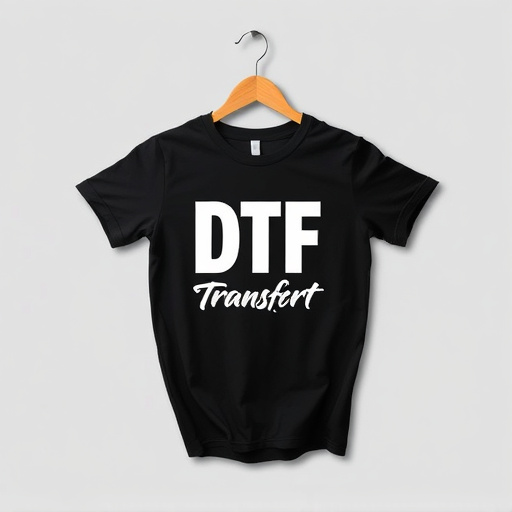
Creating Direct-to-Film (DTF) transfers involves a meticulous process that brings brands to life on various surfaces. It starts with designing the brand elements, ensuring they are optimized for film transfer. This includes vectorizing graphics and preparing text for precise reproduction. Next, the design is digitally printed onto a transparent film using specialized inkjet printers. The key advantage of this method lies in its ability to produce high-resolution prints that mimic the look and feel of traditional screen printing.
Once the film is ready, it’s carefully aligned over the surface intended for branding—be it a t-shirt, mug, or even a car hood. A heat press machine is then used to apply pressure and heat, fusing the ink from the film onto the substrate. This process ensures vibrant colors and crisp details. After cooling, the excess film is removed, leaving behind the brand’s visual identity permanently embossed on the product. DTF printing offers a versatile and cost-effective way to create branded merchandise with a high-quality, durable finish.
Applications of DTF Printing in Various Industries
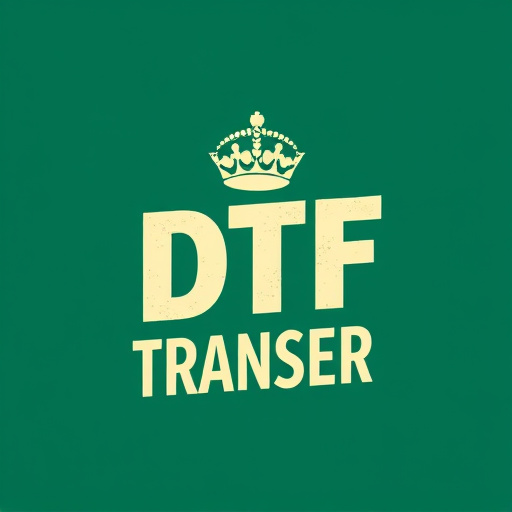
Direct-to-film (DTF) transfers have revolutionized branding across diverse industries, offering a versatile and high-impact method for applying designs to various surfaces. From marketing campaigns to product packaging, DTF Printing enables businesses to create captivating visuals that stand out in crowded markets. This technique is particularly prized for its ability to reproduce intricate details and vibrant colors accurately on materials like plastics, metals, and even textiles.
In the retail sector, DTF-printed branding on product containers or shelf displays enhances visual appeal and aids in product identification. The advertising industry leverages DTF transfers for creating eye-catching posters, banners, and billboards that capture attention quickly. Moreover, custom vehicle wraps, which are essentially large-scale DTF prints, have become popular due to their ability to transform cars and trucks into mobile marketing platforms. In addition, DTF Printing is increasingly used in the fashion industry for adding unique, personalized touches to clothing and accessories.
Design Considerations for Optimal DTF Results

When creating branding elements for direct-to-film (DTF) transfers, several design considerations are crucial to ensure optimal results. Firstly, focus on high-resolution and crisp imagery, as any pixelation or low quality can be amplified when printed at a larger scale. Use clear, distinct lines and avoid fine details that might become blurred during the transfer process. Colour choices should also be mindful; vibrant hues work best, but ensure there’s sufficient contrast between colours to maintain visibility.
Additionally, consider the material on which the DTF transfer will be applied. Different surfaces require varying design adaptations; for instance, curved or textured surfaces necessitate scaled-down designs to avoid distortion. Complex layouts might need simplification for optimal rendering. Remember that precision in design translates directly into the final print quality, so meticulous attention is key to achieving impactful and visually appealing DTF prints.
Future Trends and Innovations in DTF Transfer Technology
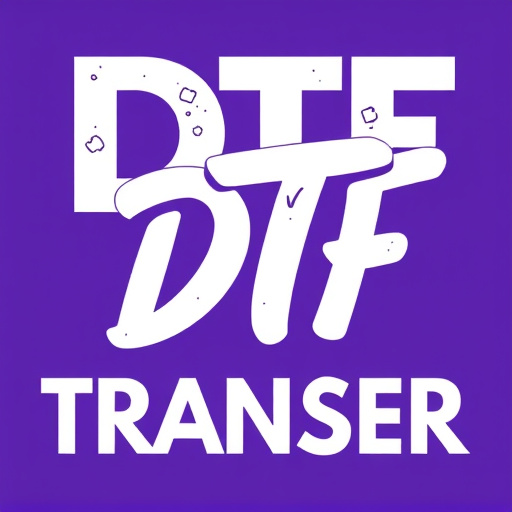
The future of direct-to-film (DTF) transfer technology looks bright and innovative. As digital printing continues to advance, DTF printers are expected to become more accessible and affordable, enabling small businesses and startups to leverage this powerful branding tool. The industry is witnessing a shift towards higher-resolution prints with improved color accuracy, ensuring that brands can achieve exceptional visual quality on various surfaces.
Additionally, the integration of smart materials and adaptive inks is on the horizon, allowing for dynamic DTF prints that can change colors or even interact with external stimuli. This opens up exciting possibilities for interactive branding experiences, such as promotional campaigns with animated visuals or products that respond to environmental cues. Moreover, advancements in cutting-edge technologies like 3D printing could lead to more complex and dimensional DTF designs, further enhancing brand differentiation and customer engagement.








